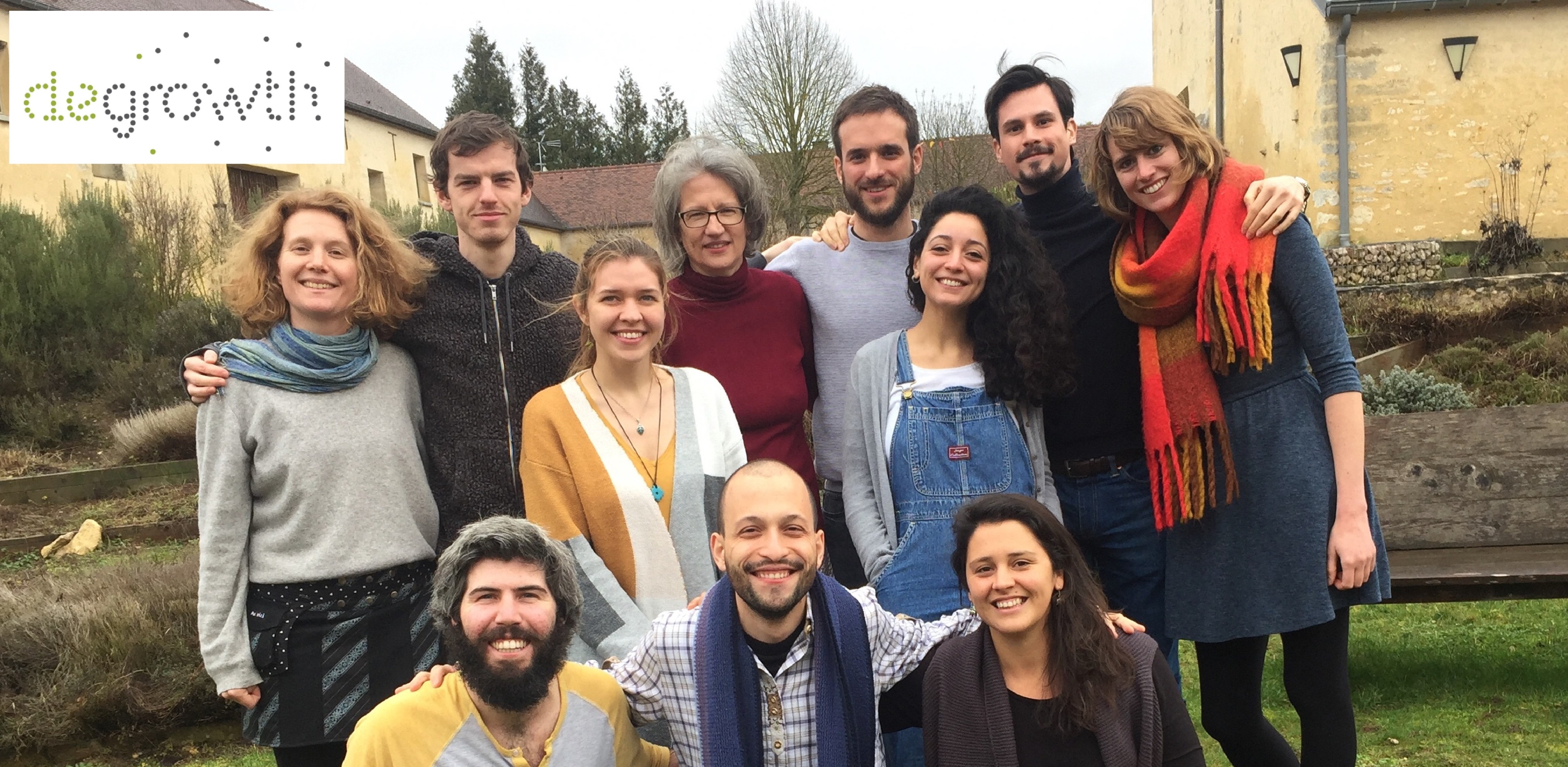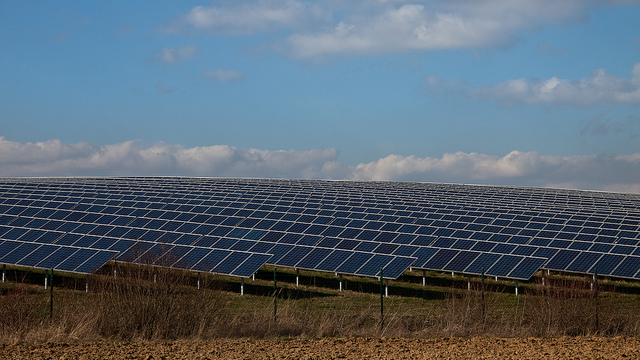As it becomes abundantly clear that humanity as a whole has crossed the ecological limits of the earth, and that countries like China and India are fast joining the already-industrialised nations in stressing the planet even more, the search for radical alternatives is humanity’s most urgent quest. There is no doubt that, as a species, we have to downsize if we are to respect the limits, not only for ourselves but equally important, for the millions of other species that co-inhabit the earth with us.
But is ‘degrowth’, or the reduction of material and energy uses for human use, a valid and viable strategy for the ‘global South’, i.e. countries and populations (including some in industrialized countries) that have not reached an excessive or even acceptable level of prosperity? I think an emerging framework of well-being from India could offer some perspectives on this.
India, like China, has had a relatively high rate of economic growth in the last couple of decades. But, as documented in detail in a book that Aseem Shrivastava and I wrote in 2012 (Churning the Earth: The Making of Global India), this growth has made little appreciable change to the vast numbers of poor and deprived people in the country. Net growth in employment in the formal sector has been insignificant, with over 100 million people having to find desperate avenues of livelihood in the informal and often exploitative economy. Of course there is much more infrastructure, many more industries, and hundreds of more shopping malls, but over two-thirds of Indians remain deprived of one or more of the basic needs: adequate nutritious food, clean water and air, appropriate shelter and sanitation, energy, opportunities for learning and good health, and productive livelihoods. An indication of this is the new (2013) Right to Food Act, targeting food aid to 70% of the country’s population.
The problem lies partly in the growth fetish. An economic policy that assumes that growth will magically transform into the poor rising above the poverty line and everyone getting productive jobs, is so fundamentally flawed that it is breathtaking that economists in decision-making positions still stick to it. It ignores that much of the gains of growth could be cornered by the already rich, that mechanization may offset any new job generation, and that inflation may make things even worse for much of the population.
Not to mention that it is ecologically suicidal. The global situation is mirrored in India. Two reports, not from environmental activists but from the very institutions that otherwise champion unbridled growth, admit as such. The Chamber of Indian Industries (along with the Global Footprint Network) said in 2008 that India is already consuming twice as much as its natural resources can sustain. The World Bank in 2013 reported that environmental damage (it took into account a limited set such as impact on people’s health) is knocking off 5.7% of GDP growth. If all impacts of such damage were to be accounted for, even using the limited methodology of environmental economics, we would possibly be in a negative growth phase.
So is there a way out, or are we condemned to the ideology of those who admit the problems of growth but say ‘there is no alternative’? Hundreds, possibly thousands of initiatives across the country suggest that the TINA argument is invalid. There is not the space to describe these in detail here; I do this with Aseem in the book mentioned above, in subsequent articles, and through my involvement in a new website that attempts to showcase these initiatives. Suffice it to say here that people and communities (and even some government agencies) are showing ecologically sensitive, socially equitable pathways to food and water security, enhanced livelihoods and jobs, nature and natural resource conservation, manufacturing and services and other sectors of economy and society. A range of alternative media, arts, and other aspects of human creativity are being pressed into service for these. These are not, of course, perfect (for instance equity for traditionally dispriviliged groups is weak in many), there are huge gaps in coverage, and for the most part they are small and isolated. But they increasingly show the potential of alternatives, and several have demonstrated larger spread by influencing policy changes and networking.
What is important is to learn the essence of these initiatives, and see if the values and principles emerging from them can suggest a cohesive framework that can challenge the currently dominant mindset and practice of growth-centred ‘developmentality’. I believe that we have the glimpse of such a framework. In the above-mentioned book we call it ‘radical ecological democracy’; in subsequent essays including the one referred to above, I’ve taken this further. At its core this posits a society in which all people and communities are empowered to be part of decisions affecting their lives (radical or direct democracy), in ways that are ecologically sensitive and socially equitable.
It is important to note that the above does not fit into any prevalent political or economic ideology. The Gandhian concept of swaraj (and the Gandhian economist Kumarappa’s ‘economics of pernamence’) has many aspects that are relevant, but learnings and struggles based on Marxist ideas, those of the dalit leader BR Ambedkar, those from the brilliant work of Rabindranath Tagore (see for instance ‘City and Village’), and others are also crucial parts of the heritage of these initiatives. Crucially, though, communities and others at the centre of these efforts base their actions and thoughts on their own diverse situations, and what emerges is a set of common values that transcend any particular established ideology. These include collective working and solidarity, respect for diversity and pluralism, the dignity of labour, empathy and respect for the rest of nature, and others.
I am not fully familiar with ‘degrowth’ as a concept and practice as yet, but from what little I know, I believe that in many of the above ways, radical ecological democracy resonates well with it. A crucial agenda for all of us is to look at both commonalities and differences of alternative approaches like the one above, degrowth, buen vivir, solidarity economies, and others, jointly crafting a future that puts sustainability and equity at the heart of the human endeavour. A beginning was made as a civil society initiative towards Peoples’ Sustainability Treaties in relation to the Rio+20 conference, but much greater networking and collective working is required in the coming years.
> Comment on this article on the German blog "Postwachstum"
We live in troubling times that require bold ideas and transformative solutions. For many ‘degrowth’ has become the beacon of hope that shines through the darkness, illuminating our path forward. With your help, ‘degrowth.info’ will make this light shine as bright as possible. Please support our efforts via our crowdfunding campaign. Dear friends, amigas, prijateljice, copines, přátelé, Fr...

By Chris Ward Growth is always a goal in many countries, statistics appear everywhere and it’s always discussed. Even small reductions in GDP are met with bitter disappointment; it’s become one of the most important measures in the modern era. And yet there are surprisingly few discussions or resources on when and why this did happen. The special session on degrowth and history sheds some ligh...

By Niko Paech The legend of green growth depends on three basic principles: (1) Increase of resource-efficiency, (2) closed material flow cycles and (3) renewable energies. However, despite a host of innovations in the field of climate protection, the ecological damages in the area of energy have been and still are on the rise. The process of ecological modernization reveals itself as a histo...